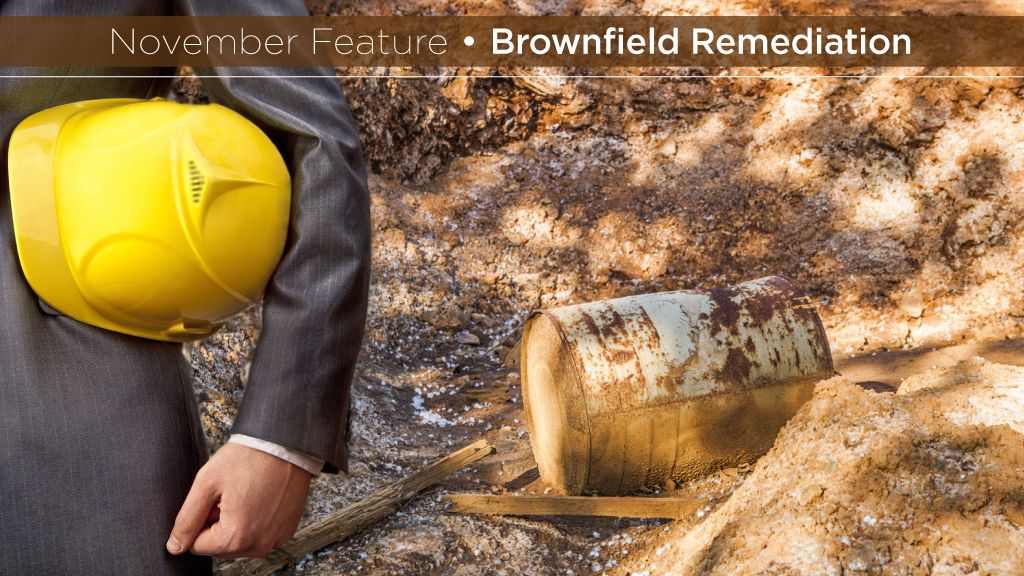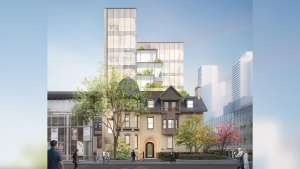Development, like water, usually flows along the path of least resistance.
Given the choice between a greenfield and a brownfield, a developer is more likely to choose the path of least resistance where soil remediation, treatment and disposal don’t add costs.
Of course, they have to weigh it against the costs of new infrastructure and development fees for a greenfield, but, generally, the latter presents fewer surprises, red tape and delays.
Investors and developers want to mitigate risk and realize a return and generally the market has supported that approach.
The formula is full of variable input costs to arrive at that bottom line and brownfields have more variables than other options.
Brownfields in urban areas, for example, become infinitely more valuable when developed because they can leverage higher densities than those rural sites. And density is the multiple which is music to a developer’s ears.
As Christopher De Sousa, a professor in the school of urban and regional planning at Toronto Metropolitan University and a long-time brownfield researcher notes, for years the market did a reasonable job getting brownfields remediated and developed.
“Back in the 1990s there was a push to grow in instead of grow out which did a lot for brownfields,” he says. “We did some research and it shows between 2004 and 2012 there were 85,000 housing units approved or built on former brownfield sites.”
Initially, there was some strong government support from all three levels, he says, but over time it seems that the market — with increased densities — took over and the federal and provincial governments backed out, leaving financing incentives to municipalities, especially in small rural areas.
The demand for housing has now pushed the concept of more or renewed government support for brownfields back into the equation, he says.
“In terms of environmental mitigation, brownfields are one area which can generate a return,” he says. “So how do we get government to re-engage, to be cheerleaders and leading?”
As land gets more expensive and municipalities fret over underutilized and contaminated former commercial and industrial sites, there’s a new flavour in the mix and that’s the demand for housing.
The issue has fallen off the table but with the recent furor over Greenbelt land swaps there’s hope interest will turn back to developing brownfields and finding ways to make the formula more attractive at both the rural and urban locations.
However, his colleague, Frank Clayton, senior research fellow at Toronto Metropolitan University’s Centre for Urban Research and Land Development, says letting the market guide development has proved it works over time.
“I’m no brownfield expert,” says Clayton, a housing economist, “but anywhere there’s land around the sphere of influence like the GTA, eventually it will get developed as people move further and further out in search of a home they can afford.”
He points to Welland and Brantford’s successful redevelopment of their industrial lands, though there were incentives from the municipalities to spur action.
Brownfields were a go-to under previous governments that wanted to bring development expansion into farmland, he says, with construction limited to 50 per cent greenfield and 50 per cent brownfield.
That strategy has fallen off the table, he says, and now expanding municipal boundaries to spur infrastructure development is also being rolled back.
Brownfields should be treated as equal opportunity assets with greenfield and Greenbelt where possible, he says.
With the housing crisis and the lagging supply of housing construction every square metre of land should be tantamount, he says, and that includes a mix of greenfield, Greenbelt and brownfield.
Eventually the market unlocks the value as cities grow, he adds. For example, the former industrial lands around Warden and Eglinton in Toronto, many of them former munitions factories during the Second World War, are now prime for redevelopment because the Eglinton LRT will eventually become a major transit attraction.
“We looked at those lands along Warden Avenue north of Warden subway station years ago,” he says. “It was one of the first studies we did.”
That land was zoned for low density housing, but it would have worked better with higher density, especially now that the LRT is near completion and the market would have supported it.
There are still many former sites left where higher densities will be supported by the market demand as that area renews as a side effect of adding public transit.




Recent Comments
comments for this post are closed